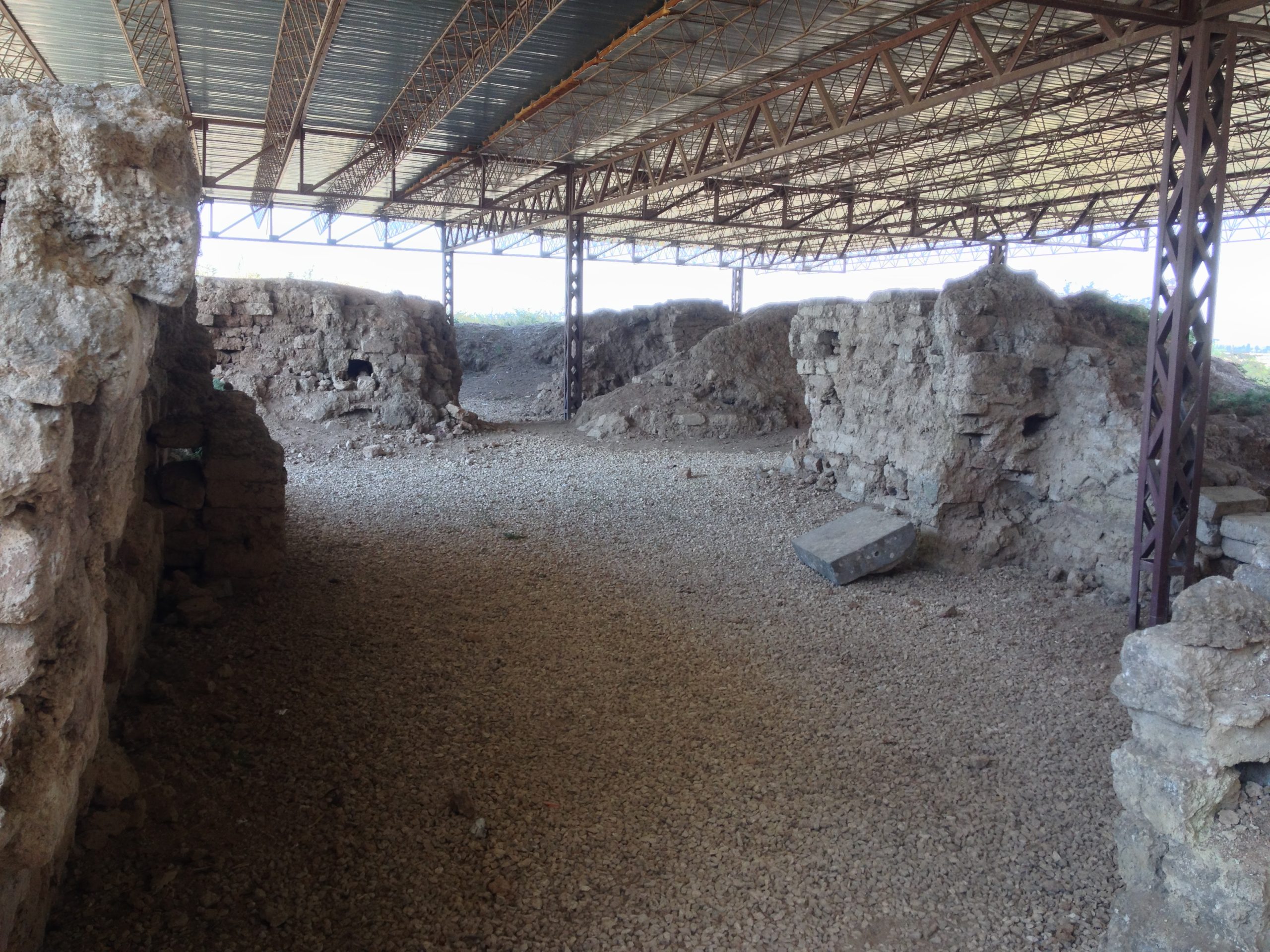Tell Atchana, an ancient site in modern-day Turkey, is a mound that reveals layers of occupation dating back to the Bronze Age. It is the site of the ancient city of Alalakh, which served as a capital and regional center. Archaeologists have unearthed rich finds here, including palatial buildings, temples, and numerous cuneiform tablets. These discoveries provide insights into the political, economic, and social aspects of the ancient Near East.
Get your dose of History via Email
Historical Background of Tell Atchana
British archaeologist Sir Leonard Woolley discovered Tell Atchana in the 1930s. He identified it as the ancient city of Alalakh. The city’s origins trace back to the early Bronze Age, around 2000 BC. It became a major center in the Amuq Valley and thrived under the rule of the Hittites and later the Neo-Hittite states. Over time, various civilizations inhabited the site, leaving behind layers of history.
The city’s builders were skilled in architecture and urban planning. They constructed a grand palace, temples, and residential areas. The Hittites, a powerful ancient Anatolian people, later occupied and expanded the city. Alalakh reached its zenith under their rule, becoming a key player in regional politics.
Alalakh was not just a political center; it was also a bustling hub for trade. Its strategic location facilitated commerce with other powerful cities of the time. The city witnessed various historical events, including conflicts and treaties with neighboring states. These events are documented in the cuneiform tablets found at the site.
After the fall of the Hittite Empire, the city continued to be inhabited by successive civilizations. However, it eventually declined and was abandoned. The reasons for its abandonment remain a subject of study. Archaeologists continue to explore the site, uncovering more about its past inhabitants and their way of life.
Tell Atchana’s historical significance is immense. It provides a window into the Bronze and Iron Ages in the Near East. The site’s extensive remains offer a glimpse into the cultural and historical dynamics of the region. It stands as a testament to the ingenuity and resilience of ancient civilizations.
About Tell Atchana
Tell Atchana is located in the Amuq Valley, near the modern city of Antakya in Turkey. The site encompasses a large mound formed by centuries of human occupation. Excavations have revealed a complex urban layout with a central palace, temples, and residential quarters. The buildings were constructed using mud bricks, with some structures featuring basalt foundations.
The central palace, known as the Palace of Yarim-Lim, is a highlight of the site. It was a multi-storied structure with elaborate decorations and advanced architectural features. The palace contained numerous rooms, including a large reception area and private quarters. It also housed administrative offices, indicating its role as a center of governance.
Temples at Tell Atchana were dedicated to various deities, reflecting the religious practices of its inhabitants. These structures were often adorned with intricate carvings and statues. The craftsmanship displayed in these religious buildings speaks to the city’s cultural richness.
Archaeologists have also uncovered residential areas that provide insights into daily life in ancient Alalakh. The houses ranged from modest dwellings to more elaborate homes, suggesting a stratified society. The presence of workshops and artifacts indicates a thriving craft industry within the city.
The construction techniques and materials used at Tell Atchana are indicative of the technological capabilities of its builders. The use of mud bricks was common in the region, while the incorporation of basalt shows an understanding of more durable materials. The architectural remains at Tell Atchana are a testament to the city’s historical importance and the skill of its inhabitants.
Theories and Interpretations
Several theories have emerged about the use and significance of Tell Atchana. Some scholars believe it was a major cultural and economic center due to its strategic location. The presence of administrative buildings and cuneiform tablets supports this view. These tablets provide valuable information on the city’s governance and international relations.
Theories about the city’s decline are varied. Some suggest that natural disasters or economic factors led to its abandonment. Others propose that military conflicts with surrounding powers caused the city’s downfall. The exact reasons are still debated among historians and archaeologists.
Mysteries surround the site, particularly regarding its religious practices. The temples and religious artifacts found suggest a complex belief system. However, matching these findings to historical records is challenging due to gaps in the archaeological record.
Dating of the site has been carried out using various methods, including stratigraphy and radiocarbon dating. These techniques have helped establish a timeline for the city’s occupation and provided a clearer picture of its historical context. The dating has confirmed the city’s prominence during the Bronze and Iron Ages.
Interpretations of Tell Atchana continue to evolve as new discoveries are made. Each layer of excavation adds to our understanding of the site. The ongoing research at Tell Atchana is crucial for piecing together the history of the ancient Near East.
At a glance
Country: Turkey
Civilization: Ancient city of Alalakh, associated with the Hittites and Neo-Hittite states
Age: Early Bronze Age, around 2000 BC
Conclusion and Sources
The information in this article has been obtained from reputable sources, including:
– Wikipedia: https://en.wikipedia.org/wiki/Alalakh

